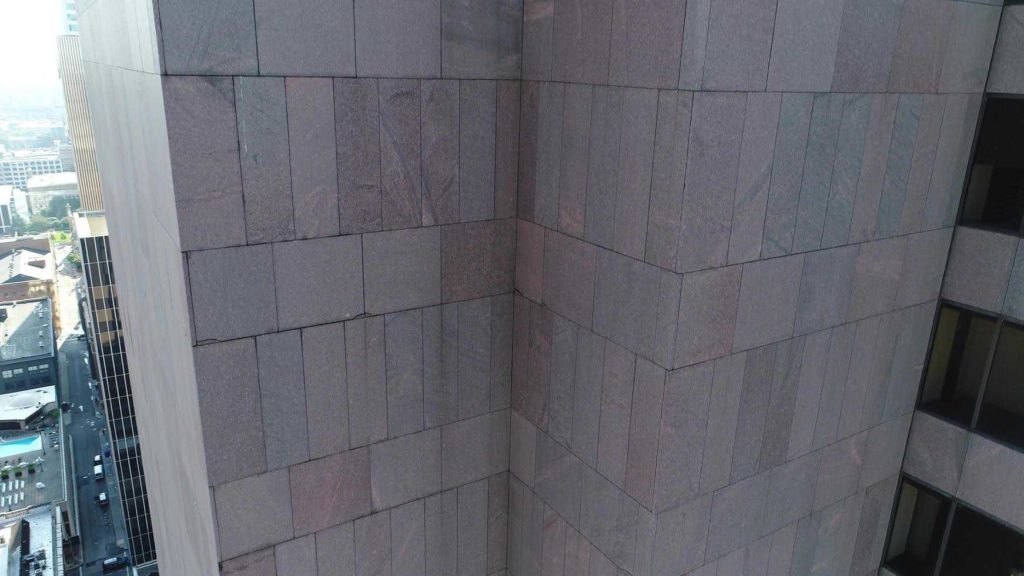7 Ways Drones Make Building Inspections Faster, Cheaper, And Safer
Unmanned aerial vehicles (UAVs), better known as drones, are becoming a must-have tool for building inspections.
While they aren’t a perfect fit for every building inspection task, drones have many advantages for inspecting building exteriors in search of leaks and wear that can lead to costly failures if left unchecked.
Advantages of aerial drones in building inspections
Here’s a look at the most compelling advantages of putting drones to work inspecting building exteriors:
Speed. An experienced drone pilot can scan the exterior of a building in a sliver of the time required to inspect a building manually. That allows inspectors to take on more assignments and ensures each inspection can be more thorough.
Cost. Because time is money, speedy drone inspections cost far less than manual inspections. Furthermore, aerial photography that used to be cost-prohibitive with planes or helicopters is now widely available thanks to drones.
Safety. Manually inspecting the exterior walls of a high-rise building requires an inspector to repel down the side of the building with ropes, pausing to look for damage or flaws along the way. High winds could put the inspector in danger. A failure in the rope equipment could be fatal. Remote-controlled drones eliminate these risks.
Liability. Because of the hazards of traditional manual building inspections, the liability exposure has been substantial. Inspectors have to be insured, and those who hire them had to be indemnified against the cost of serious or even fatal injuries. Removing these risks with drones shrinks potential liabilities.
Maneuverability. Drones can hover over a specific area to check for potential problems, and they move into places that human eyes could never see without assistance. Complex building exteriors that jut out at odd angles to suit the whims of architects can easily be inspected with remote-controlled drones.
Visual clarity. Cameras with up to 4K resolution can reveal flaws or damage that the human eye tends to miss. Thermal cameras on drones can detect heat differentials that reveal leaks.
Share-ability. Digital video and images are easy to share among multiple stakeholders, so everybody who needs to know about an exterior problem can see it with their own eyes in high-resolution.
Challenges to consider with aerial drones
Of course, there are no upsides in this world without downsides. These are some of the inherent challenges of using drones for building inspections:
Equipment cost. The cost of buying and flying a drone is nothing like the cost of chartering an airplane or helicopter. By the same token, consumer-quality drones that cost a hundred dollars or so belie the costs of purchasing pro-quality aerial drones — the best ones can cost thousands of dollars.
Those blades are sharp. Drones can cause bodily harm if they go off course and hit people. Drone piloting is reasonably easy to figure out, but it is still better done by a trained professional with a proven track record.
Licensing is required. Professional drone operators must acquire an FAA license, which adds layers of cost and complexity. Drones must also be registered with the FAA.
Drones can’t go everywhere. FAA rules prohibit flying near airports and limit flying to a specific altitude. Special permits may be required for buildings higher than the altitude limits.
Clearly, the advantages outnumber the disadvantages, but anybody working with drones must be aware of all the risks.
CTL catches the drone wave
Building envelope testing is one of our core competencies at CTL Engineering, so we’re eager to embrace innovations that help us do more work for more people at less cost. We have three licensed UAV operators to help clients understand the conditions of their building exteriors. Our drone specialists have already inspected high-rise and convention structures in Columbus, Ohio (such as Rhodes Tower, LeVeque Tower, and the Columbus Convention Center), and we’re seeing growing interest in these kinds of projects.
Yet aerial drones are no different than any other tool: They must be used thoughtfully and strategically by seasoned experts who understand both the limits and the potential of the technology. It’s our decades of professional building-testing experience and advanced forensic engineering training that ensures we get the best use out of aerial drones.
Related articles:
Submersible Robots Make Testing Concrete Construction Simpler And Safer

